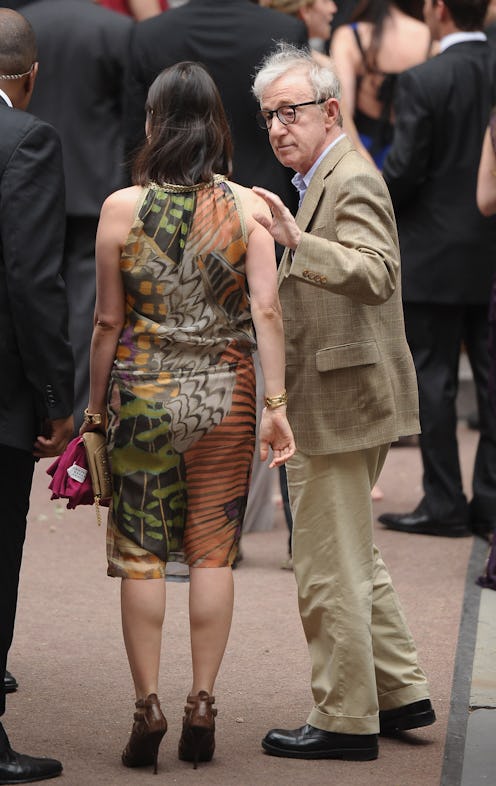Entertainment
'NY Times' Critic Blasts Dylan Farrow
So far, the only verifiable fact the New York Times has offered on the subject of Dylan Farrow's alleged abuse by father Woody Allen is their most recent statement released to Gawker. After Times book critic Janet Maslin's recent statements that paint Dylan Farrow as a woman just trying to draw attention to herself due to "sibling rivalry issues," the paper said there is "no shortage of opinions on the topic." Right they are. Now weeks after Farrow's letter ran in Nick Kristof's op-ed space, Maslin revealed her thoughts on the matter during a panel discussion Thursday night at the Jacob Burns Film Center in Pleasantville, New York.
Maslin and Grantland's Mark Harris were talking about Blue Jasmine and Oscar nominee Cate Blanchett when the conversation turned, as it often tends to, toward the recent resurgence of Allen's alleged history of child molestation. Should the allegations affect the film's Oscar chances? Or Blanchett's? No, they agreed, but the can of worms had been opened.
Maslin reportedly went on to say that it was the, well, press, her paper gave the piece that irked her.
The fact that our newspaper allowed it to appear in an op-ed column, I mean the Public Editor took issue with this, but I think that was an outrageous use of an op-ed column. This letter was sent to the newspaper, and the newspaper decided not to print it, and so did the L.A. Times, and then all of a sudden...
According to Gawker, a few minutes after that quote, Maslin explained that "a friend very close to the [Vanity Fair] story" gave her the impression Dylan Farrow was unhappy that the takeaway of the piece wasn't Dylan's struggle, and was instead Ronan Farrow's paternity. It was strongly hinted that his father isn't Allen, but Frank Sinatra.
In a statement to the website, Maslin wrote: “Those comments were speculative. But I stand by what I said.”
In case you're keeping track at home, the conversation about Allen being an alleged child molester has now turned into a story about a woman who knew someone close to the first story and who works for the paper that published the second story, which lead to a third story that lead to this story about her story.
